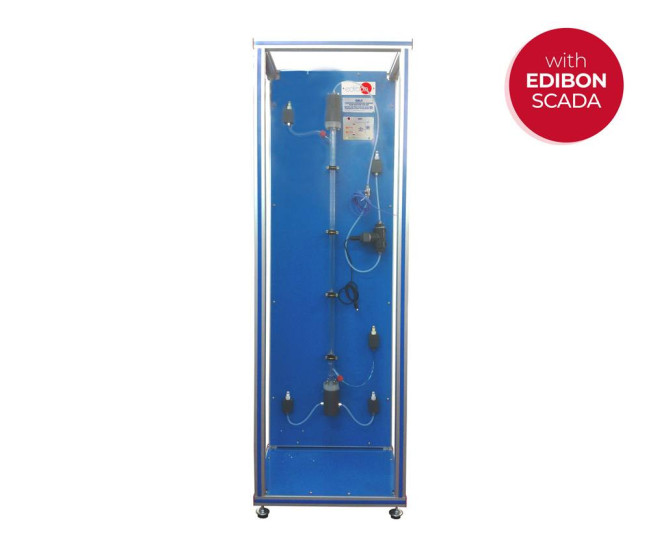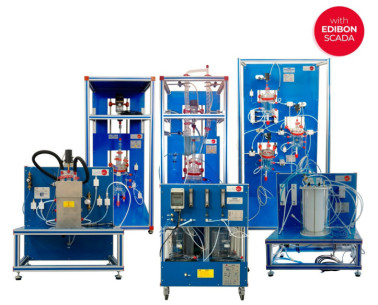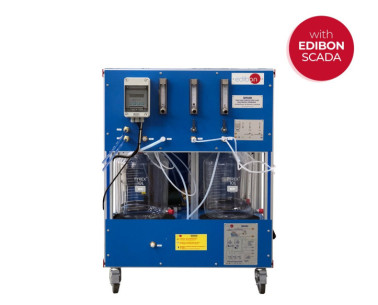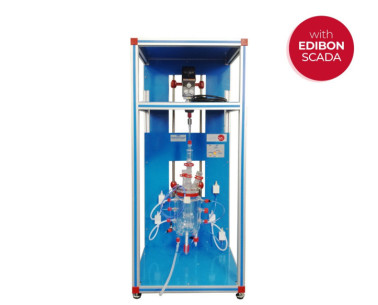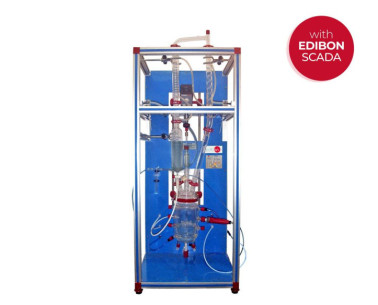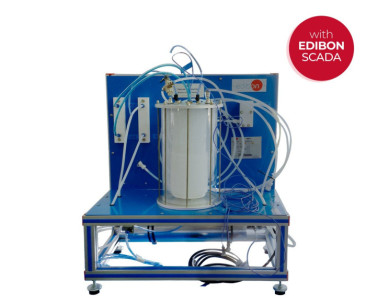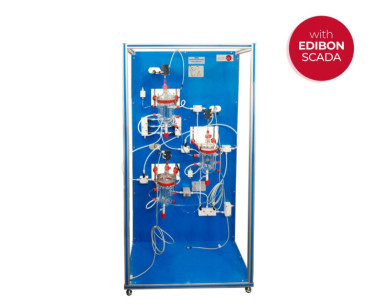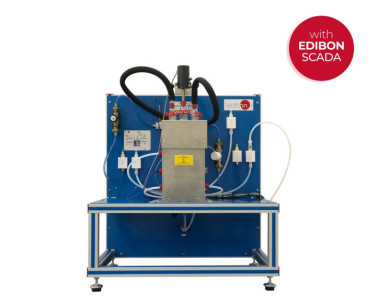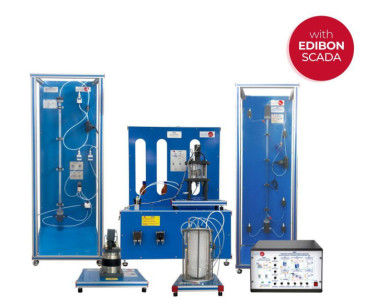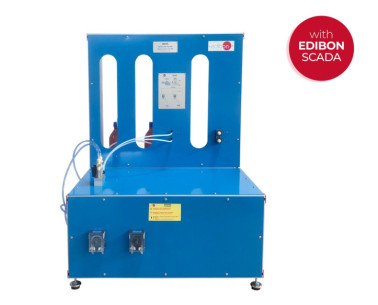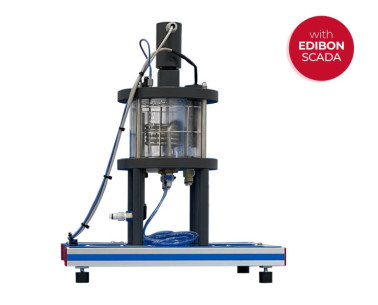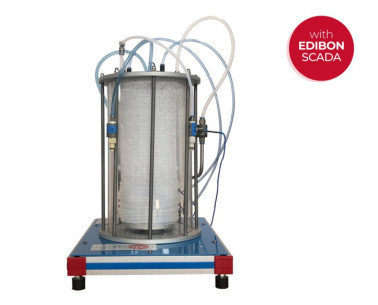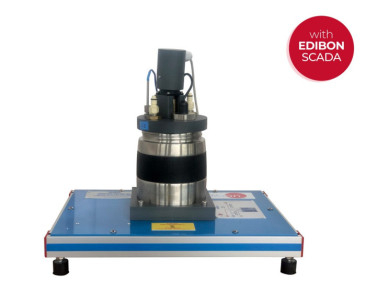QRLC 층류 흐름 반응기, QRC용, 컴퓨터 제어 (PC)
혁신적인 시스템
The Computer Controlled Laminar Flow Reactor for QRC, "QRLC", designed by EDIBON, allows determining the kinetic equations of various reactions, such as the basic hydrolysis of ethyl acetate, and calculating key kinetic constants. Laminar flow reactors, a variant of tubular reactors, are characterized by the movement of fluids in parallel layers with a constant velocity and without significant turbulence.
확장
실험실
관련 뉴스
일반적인 설명
The Computer Controlled Laminar Flow Reactor for QRC, "QRLC", designed by EDIBON, allows determining the kinetic equations of various reactions, such as the basic hydrolysis of ethyl acetate, and calculating key kinetic constants. Laminar flow reactors, a variant of tubular reactors, are characterized by the movement of fluids in parallel layers with a constant velocity and without significant turbulence.
Additionally, the Computer Controlled Laminar Flow Reactor for QRC, "QRLC" is particularly used for demonstrating flow patterns and studying step disturbances for flow characterization and conversion in steady state.
This reactor facilitates the comparative analysis between theoretical and experimental conversion values, contributing to enhancing the understanding of chemical transformation processes. It is also used to investigate the effect of variables such as flow rate and feed concentration on steady-state conversion, as well as to study the influence of temperature on laminar flow characterization. Through visual techniques, such as color tracer tracking, the reactor’s response to different disturbances can be observed, providing valuable information on system behavior under variable conditions. In summary, the laminar flow reactor offers a versatile and precise platform for research and development in the field of chemical engineering and fluid dynamics.
To work with this reactor, the Base and Service Unit, "QUSC", is required, which supplies the necessary reagents and thermostatic water for proper operation.
These Computer Controlled Units are supplied with EDIBON Computer Control System (SCADA), and includes: The unit itself + a Control Interface Box + a Data Acquisition Board + Computer Control, Data Acquisition and Data Management Software Packages, for controlling the process and all parameters involved in the process.
연습 및 가이드
매뉴얼에 포함 된 가이드 실기 연습
- Determination of the residence time distribution of the reactor.
- Effect of flow rate and feed concentration on the determination of flow pattern.
- Steady state conversion for a reaction with laminar flow.
- Effect of flow rate and feed concentration on the steady state conversion.
- Demonstration of the flow pattern in the reactor and comparison with the theoretical model.
- Effect of the temperature on the laminar flow characterisation.
- Determination of the steady state conversion of a second order reaction.
- Flow pattern characterisation in a laminar flow reactor.
- Conductivity measurement system: conductimeter.
- Sensors calibration.
장비로 수행 할 수있는 더 많은 실용적 연습
- Many students view results simultaneously. To view all results in real time in the classroom by means of a projector or an electronic whiteboard.
- Open Control, Multicontrol and Real Time Control. This unit allows intrinsically and/or extrinsically to change the span, gains, proportional, integral, derivate parameters, etc, in real time.
- The Computer Control System with SCADA and PID Control allow a real industrial simulation.
- This unit is totally safe as uses mechanical, electrical and electronic, and software safety devices.
- This unit can be used for doing applied research.
- This unit can be used for giving training courses to Industries even to other Technical Education Institutions.
- Control of the unit process through the control interface box without the computer.
- Visualization of all the sensors values used in the unit process.
- By using PLC-PI additional 19 more exercises can be done.
- Several other exercises can be done and designed by the user.
보완 장비
QRQC용 기본 및 서비스 유닛
교반기와 함께하는 등온 반응기
교반기와 함께하는 등온 반응기 및 증류
관로 반응기
연속 교반 탱크 반응기
단열 및 등온 반응기
화학 반응기, 컴퓨터 제어 (PC)
QRC를 위한 베이스 및 서비스 유닛
연속 탱크 교반 반응기, QRC용, 컴퓨터 제어 (PC)
관로 반응기, QRC용, 컴퓨터 제어 (PC)
배치 반응기, QRC용, 컴퓨터 제어 (PC)
품질

판매 후 서비스

 쿠키 기본 설정
쿠키 기본 설정

